This was originally published at the Mad Genius Club on April 20, 2019.
This is, perhaps, only tangentially related to writing. But it is something that slots neatly into the genre that many of us write when you consider that a lot of science fiction never discusses just how we're going to feed all those people in space. Food production is going in interesting directions at this point in our technological development. Vat meat seems to be getting near the point of practical mass production for the reasonable cost that, if not the general public, the sector that considers themselves constantly in danger from their food, and are willing to pay up to 200% more for the placebo effect of feeling their food is safer (even if the data in no way backs those claims about Organic foods). Yes, you can raise a vat of algae and call it food in space. In theory, at least.
I had occasion to explain polyculture to a young man recently. We'd been talking gardening as he'd commented on the shirt I was wearing (the daughter-things gave it to me for Mother's Day: Gardening comes in handy when it's time to hide the evidence) and that drifted to his interest in hydroponics. I asked him if he'd considered polyculture and he looked confused, so I explained. It's hydroponics, still. That is, the plants are grown in water. However, the poly comes in through the use of fish, or other aquatic creatures, in the water for protein production. You get your vegetables, which are important for some nutrients and fibers, and you get your protein and fats through the growth of the fish, prawns, or snails in the water. On top of that, you have the plants filtering the nitrogenous waste of the fish out of the water, allowing for constant circulation without having to treat the water.
It sounds, on paper, like a flawless system. Any of us reading this who have not attempted it, might think 'aha! Look at all the inherent problems that could go wrong and my hero would have to fix!' Which is indeed the case. When I worked on the tiny permaculture farm with my Dad, we set up a polyculture system in the high tunnel. On a budget. In an area geographically where it hadn't really been done before. Dad was using a concept from a farm in Hawaii, which is radically different environmentally from New England. The results were... interesting. In the sense of you never knew when you woke up if there'd have been a leak the night before and you'd have to be slopping around trying to fix it and rescue fish.
And we were based on dirt. In a space ship/station environment? A large leak could be a disaster. In that environment, however, I'm going to cede that they would have better lining material than spliced EPDM, and maybe the leaks could be minimal. On the other hand? It's a delicate system. If you have too many 'fish' (the Hawaiian polyculture was using prawns, and getting ten inch long prawns to eat out of it. I may have drooled a little over that idea) their waste will overwhelm the system and poison them. Or if the fish to plant proportion is off kilter. If the fish are allowed access to the plant roots, they will graze on them and kill them. If the temperatures are not ideal...
Which is why we were planning on scaling up to catfish (from feeder goldfish where we started), rather than prawns (sad sigh) or tilapia, because they can't survive the ground temps of New England. And won't reproduce, which is another problem with a space-based system. You need to consider genetics and makin' babies in a species that doesn't work at all like a mammalian process. Fish spawn, prawns use (I think, some of them vary) spermatophore plugs they pop into the proper location on the female, which she then uses as needed while producing eggs. It's all very external. And you can't have, say, salmon, that have very specific spawning conditions, unless you are willing to recreate those in space. Any of you who are aware of the fame of the Scottish salmon fishing, or the Alaskan spawn runs, might have a glimmer of what's involved there. A lot of moving water, fast moving water, on a station or ship. Um. Let's just say I had a mental image of crazy people - rich ones! - insisting on building that, and their groundskeepers tearing their hair out.
It's a funny thought. But the reality is, we have to figure out how to produce fresh food, reliably, or colonization of space is simply not going to be feasible. Meat bioreactors require care, as does algae, as do the polyculture systems I've given you a thumbnail description of. Ideally, you'd want multiply redundant systems for food production, with complete seals in between them, in case of infection (in plants, they are called viroids, not viruses, but they react the same in virulence and in some cases in deadliness). Fungus in a moist system is unavoidable and treating for it could potentially kill your fish. Balance. Creating a closed ecosystem and then maintaining that balance would be the work of sophisticated engineering and a lot of constant maintenance.
For a story? Boundless opportunity here for conflict, drama, and danger. Who knew gardening was so fraught?





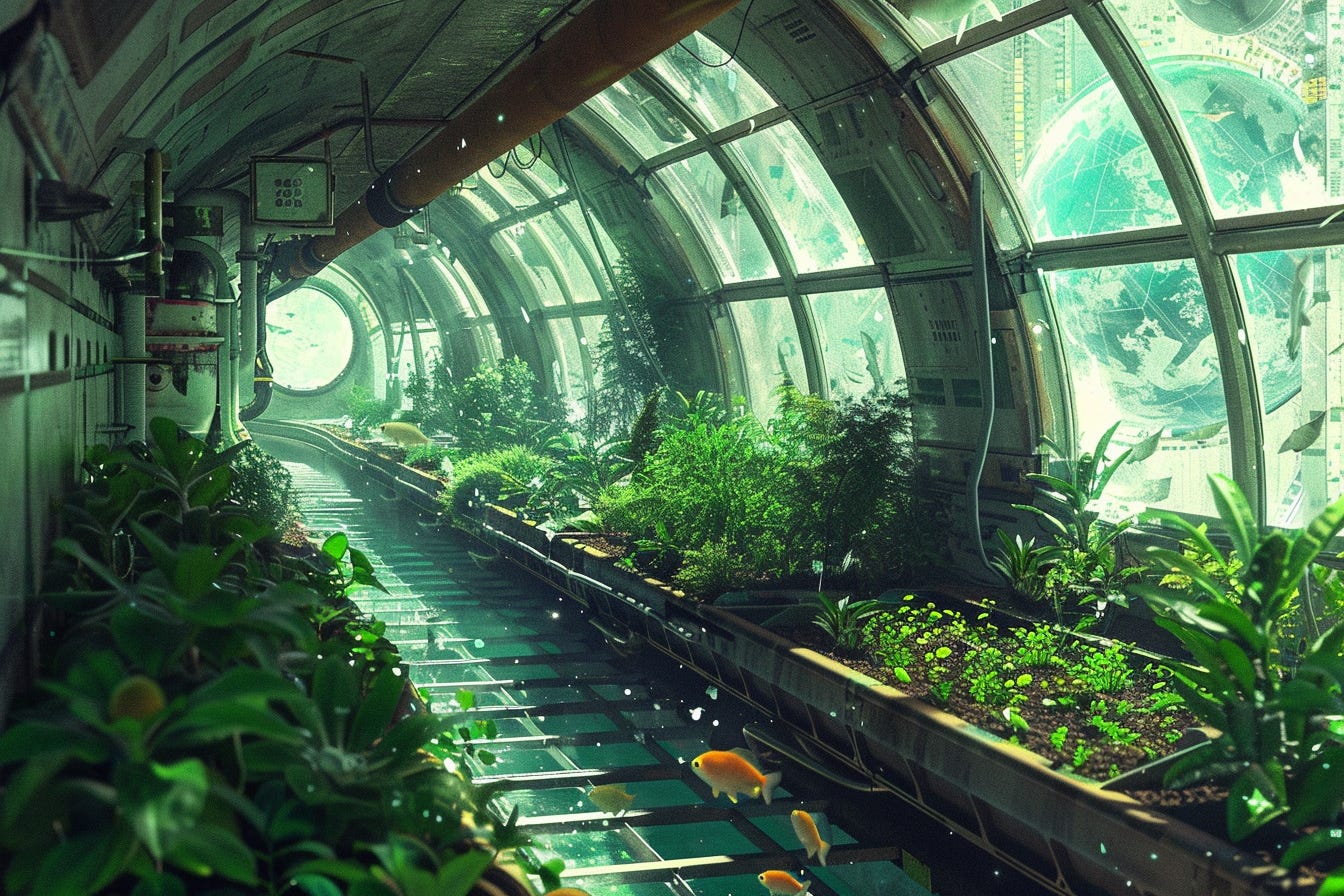
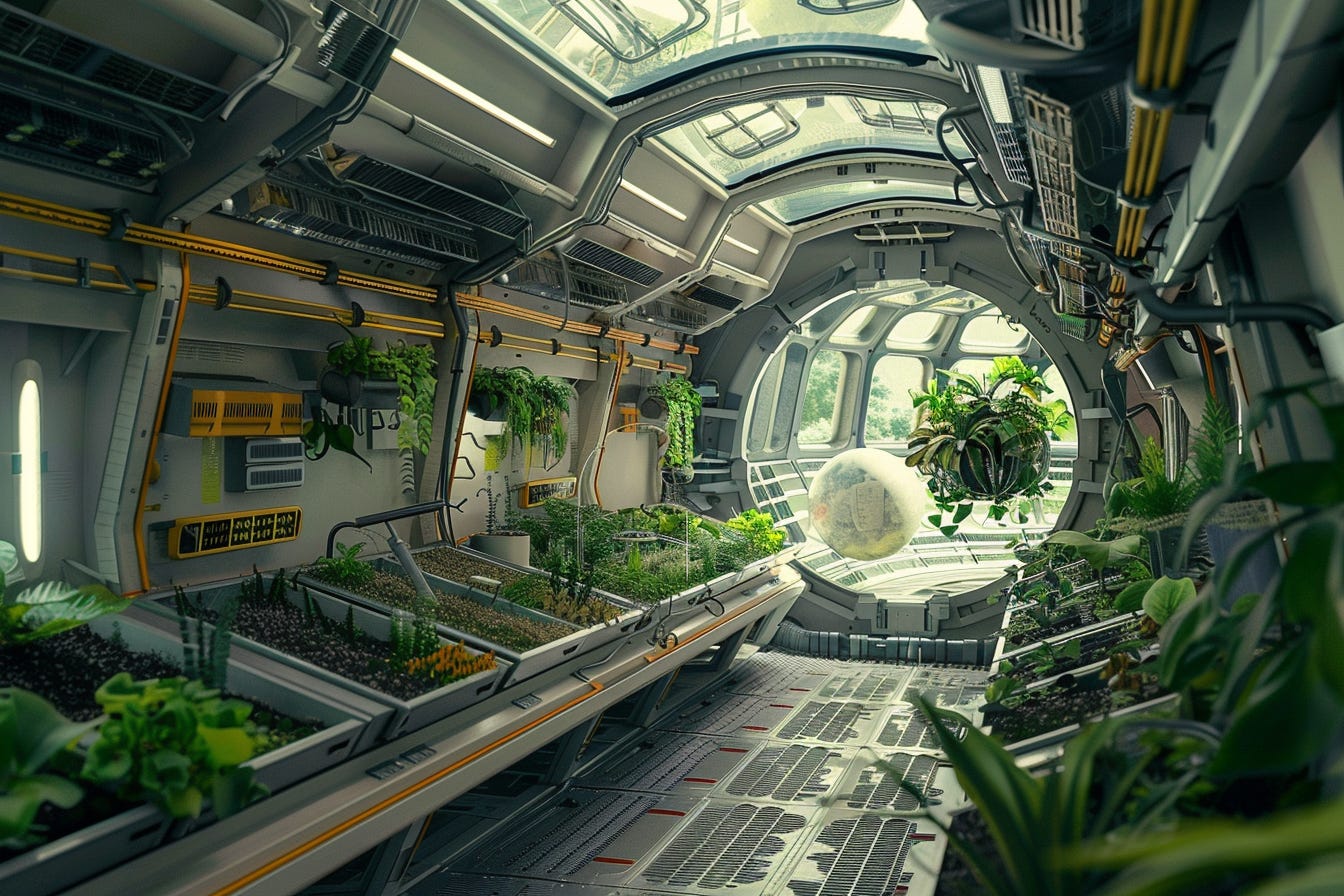
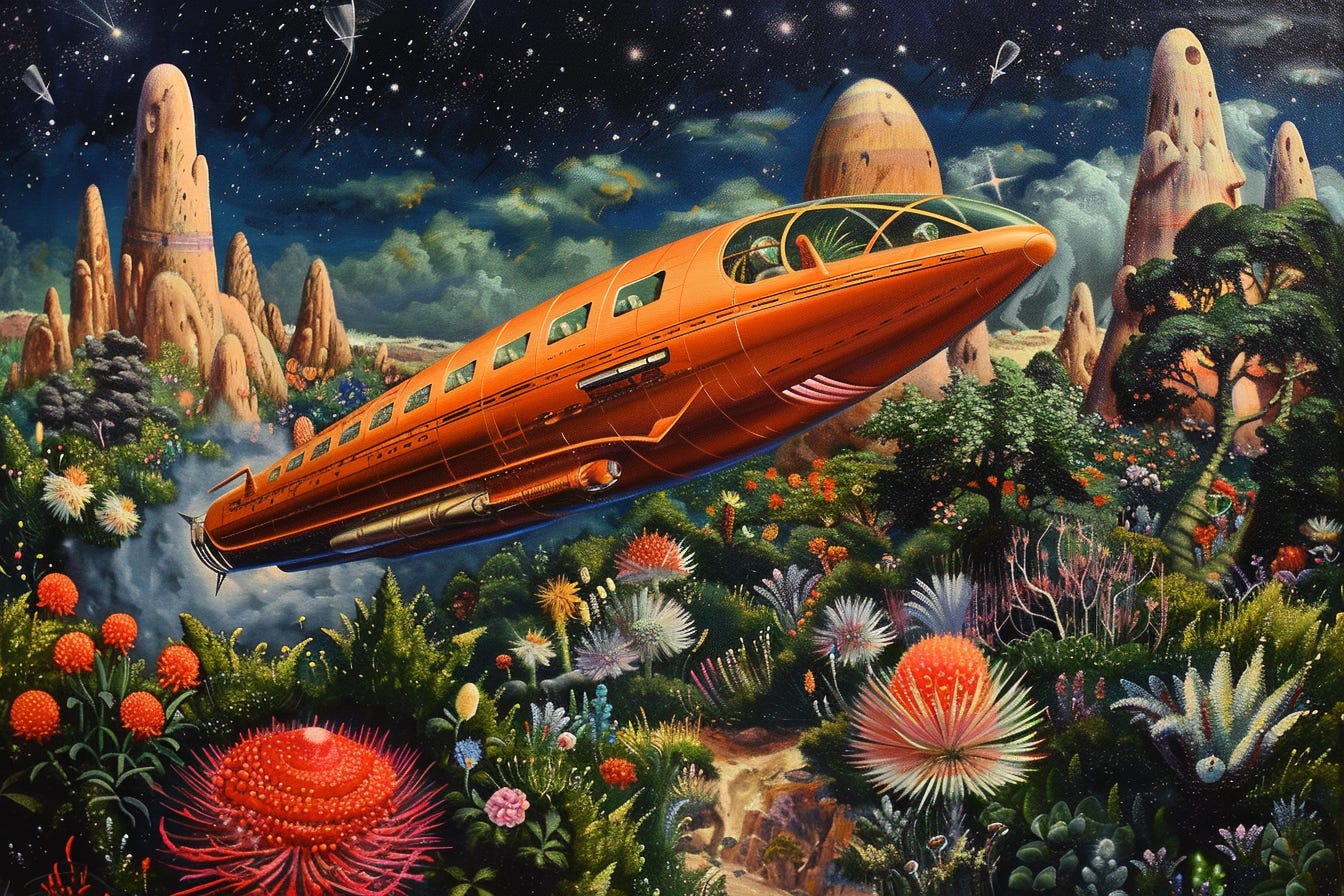
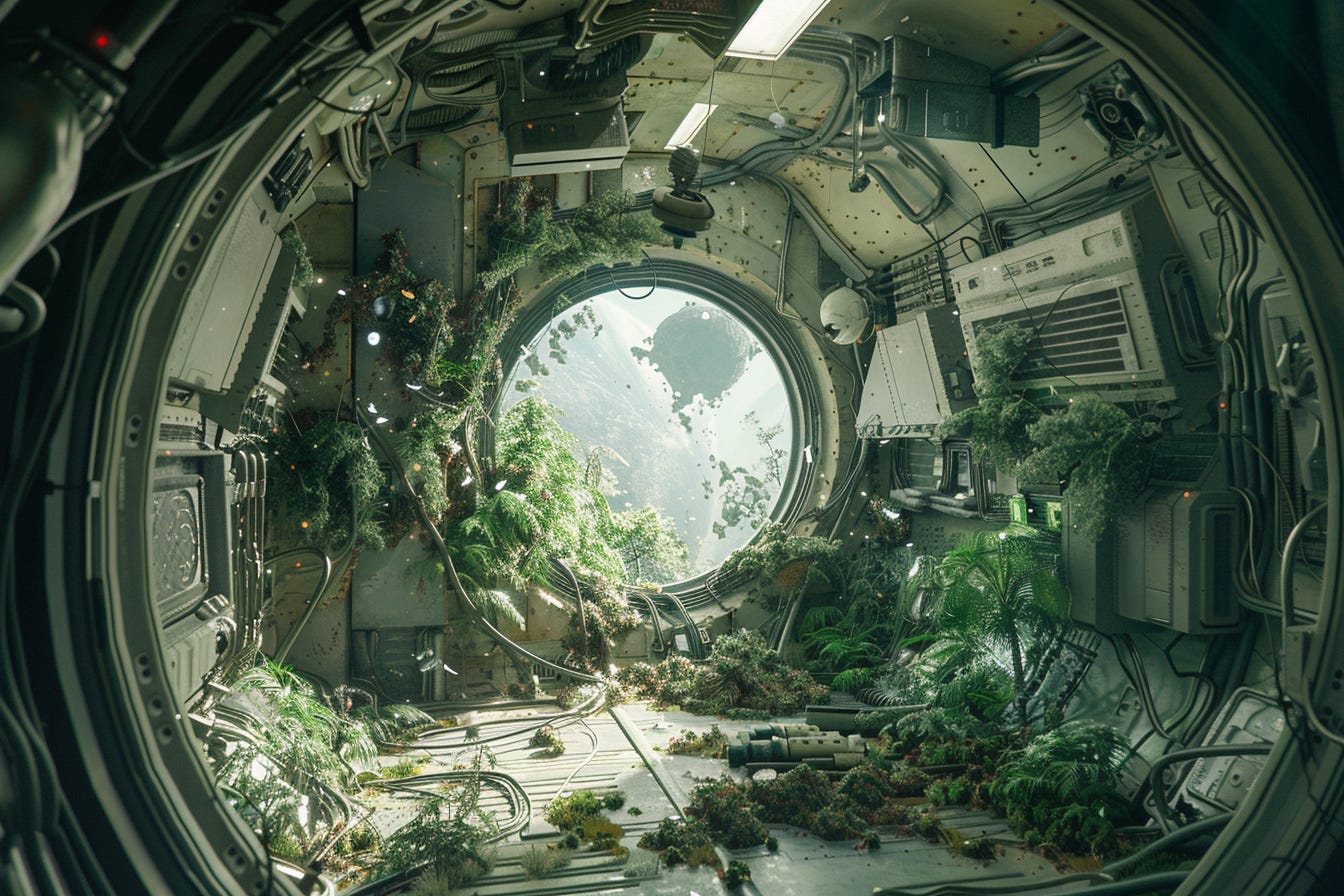
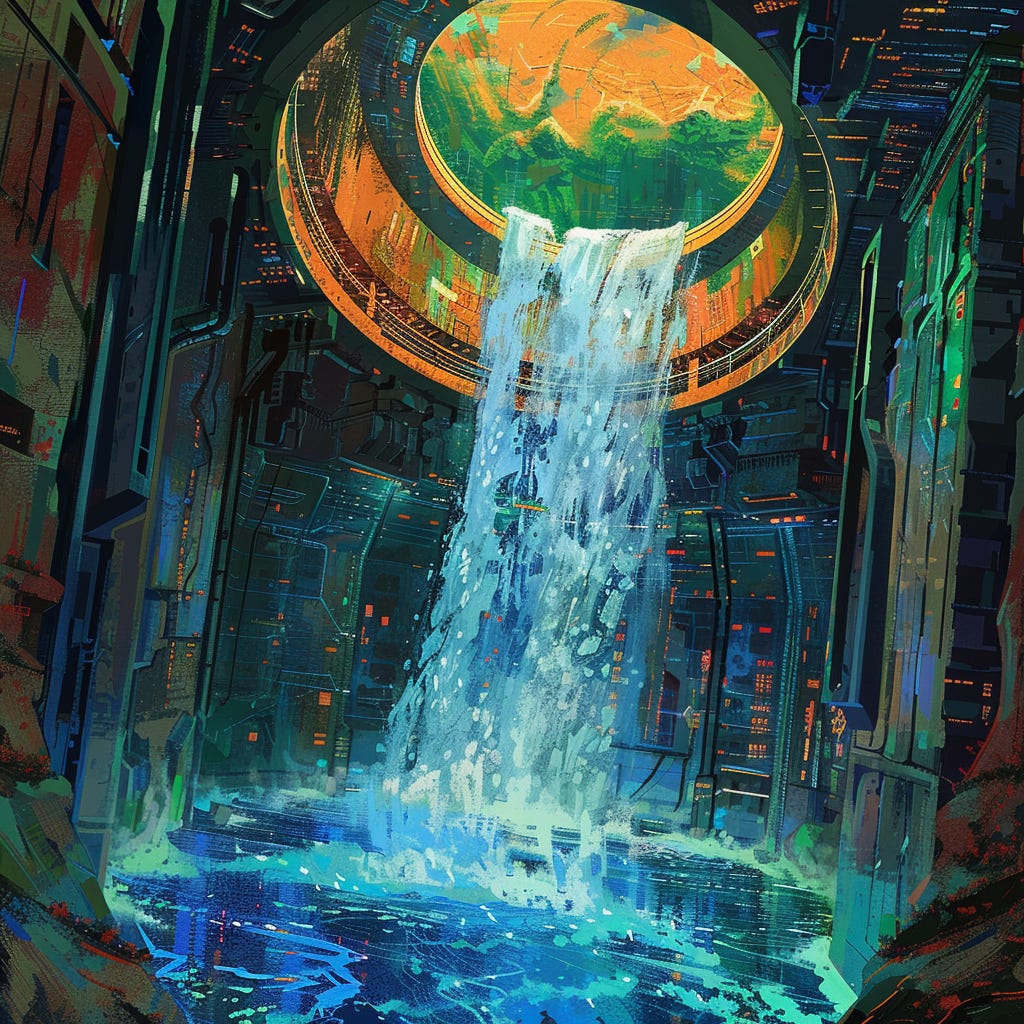
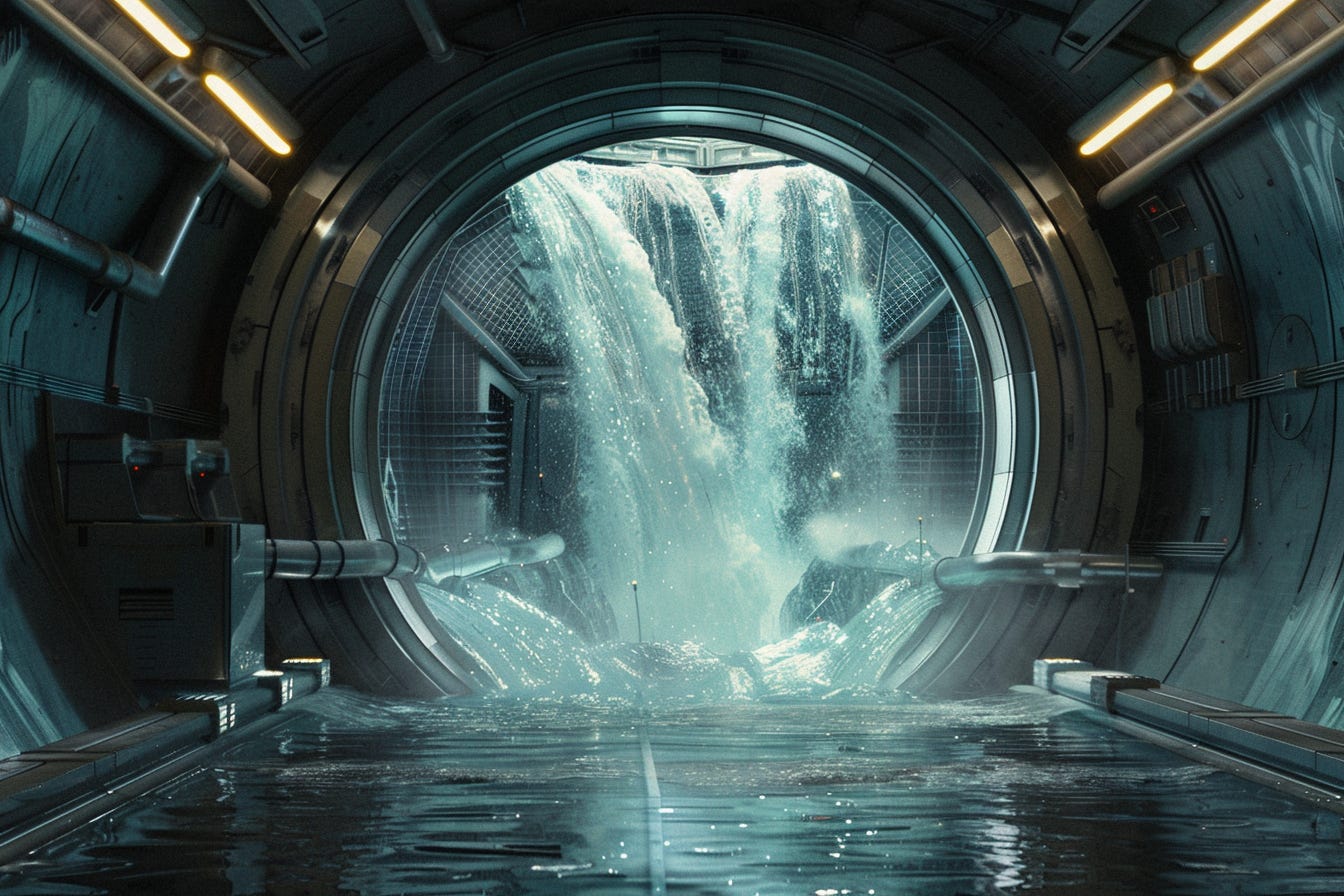
It’s an interesting system. Thank you of reminding me about it.
Interesting, quite interesting.
O'Neill habitats, be they at L4 and L5 or even low earth orbits would, by necessity, be waste not want not societies. When one's over 226,000 from the nearest Walmart or Cosco, every man's trash is another man's treasure!
Let's see... 36 square feet feet of fresnel lenses in the sunward wall of my habitat should keep my solar forge fired up nicely 24/7, now how big a radiator do I need to dump my waste heat? ;-)
Joking aside , it's a shame we ain't there now working the kinks out of such systems.